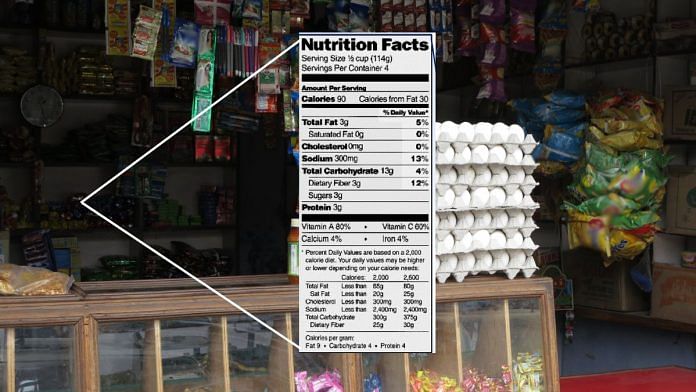The move, according to the FSSAI’s statement, is a part of their broader push to boost transparency in food labelling, safeguard consumer rights, and tighten enforcement of food safety standards across the country.
“These inputs will support the regulatory authorities in taking prompt and evidence based action against non-compliant Food Business Operators (FBOs),” read the statement.
The app was launched by FSSAI in October 2021. It was initially designed to assist food businesses—particularly small vendors, hawkers, and start-ups—in applying for FSSAI registration and accessing information on licensing, compliance, and food safety regulations. It also served as a resource hub for consumers, offering features like license verification and grievance redressal mechanisms.
Over time, FSSAI has expanded the app’s functionalities to enhance consumer engagement like for lodging grievances.
Nutrition policy expert Dr. Arun Gupta, convenor of the think tank Nutrition Advocacy in Public Interest (NAPi), however, expressed deep scepticism over FSSAI’s complaint mechanism for misleading food labels.
While the initiative may seem like a step toward transparency, Gupta said it shifts the burden of proof onto consumers, who lack the tools to verify claims like “low sugar” without lab testing. “How do I know if it’s misleading unless I get it tested?” he asked, adding that the process is cumbersome and ineffective.
He pointed to FSSAI’s own Advertising and Claims Monitoring Committee’s handling of the Bournvita case as an example—it took two years to act on misleading advertisements, and even then, no strict penalties followed. “By the time the regulator acts, the industry has already made its money,” Gupta said.
According to him, the real issue lies in the regulator’s failure to enforce clear, upfront labelling about nutrients of concern—sugar, salt, and fat.
“If FSSAI allows a ‘low sugar’ claim, why doesn’t it mandate a ‘high sugar’ warning when levels cross a certain threshold?” he questioned.
The Food Safety and Standards (Advertising and Claims) Regulations, 2018, and the Labelling and Display Regulations, 2020, mandate that all claims on food products must be truthful, scientifically substantiated, and not misleading.
These rules require that important nutritional information—especially about sugar, salt, and fat—is communicated clearly and unambiguously. The goal is to ensure that consumers are not misled by vague health claims or omissions on labels.
(Edited by Zinnia Ray Chaudhuri)








